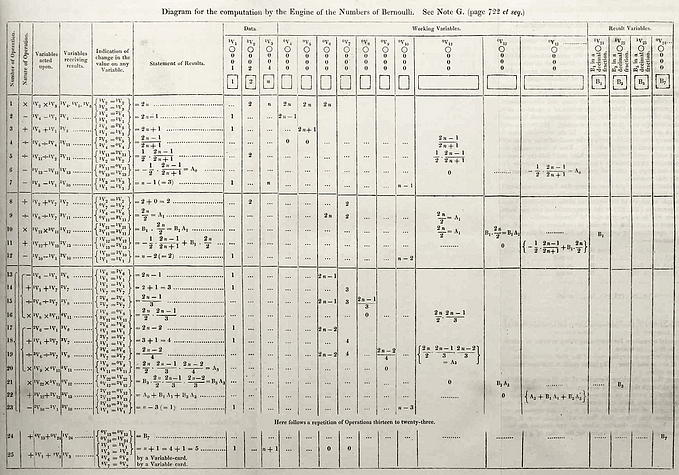The Golden Man and The Kazakh Identity

The Issyk kurgan, near Almaty in south-eastern Kazakhstan, is a kurgan or burial mound that was discovered in 1969. The Issyk kurgan contained a skeleton, warrior equipment, and assorted funerary goods, including 4,000 gold ornaments. Based on subsequent research, the skeleton is assumed to be of an 18-year-old Saka or Scythian prince or princess, since the sex of the skeleton could not be ascertained. The skeleton is dated to the fourth-third century BC.
Saka was an Indo-European tribe residing in Central Asia during that period. Since the discovery, the Golden Man, as he is called subsequently, has become one of the prominent symbols of the Kazak identity. He is depicted on top of the independence monument in Almaty, and on the 5000 Tenge, Kazakhstan national currency note. A model copy of his upright statue exists in every Museum in Kazakhstan.

Kazakhstan has gone through many ethnic incursions and transformations in its territory since the time of the golden man. Sakas were displaced by Turkic tribes around the fifth century AD. One of the Turkic tribes took the identity of Kazaks. But other ethnicities like the Xiongnu and Yuezhi coming from Xinjiang, the current border region of China were also present at the time. Chinese Tang warriors lost a battle fought with the invading Arabs in 751 AD in Taraz in southern Kazakhstan, which subsequently paved the way for Islam as the dominant religion in Central Asia. The Mongol invasion led by Genghis Khan in the twelfth century drastically changed the ethnic landscape by rampaging through and destroying many cities along the way. The subsequent Turkic-Mongol dynastic order of Timur Lane led outward excursions further across Europe and border regions of Asia. Finally, the Russians, first as Tsarists and then followed by the Soviet communists, became the overlords in the region until the Soviet Union collapsed in 1979 and Kazakhstan became an independent country.
I was therefore intrigued by the Kazaki acceptance of the Golden man, who was scientifically confirmed as now long-disappeared Saka from the fourth-third century BC of an Indo-European origin, as one of the prominent ancestors of the current Kazak identity. But deeper thinking led me to clues of other reasons. First, he was discovered on Kazak territory and that’s in itself a very good reason. But also there are other reasons. The headdress that he wore or the designs of his ornaments are unquestionably Kazak in appearance.
The mausoleum of Aisha Bibi is located in Taraz on the Silk Road. The mausoleum is from the eleventh century when Karakhanids ruled over in that period in southern Kazakhstan. Karakhanids were a Turkic tribe but their conversion to Islam was almost complete by then. As part of this conversion, they also assimilated many architectural design practices, originally from Persia and Arabia. Aisha Bibi’s mausoleum, therefore embedded Arab and Persian design elements. But the mausoleum also has the conical bridal headdress or saukele, which was one of the distinct features of the Saka and the Golden man. Moreover, as far as I know, the practice of wearing the saukele still exists in Kazakhstan as depicted in the mosaic at the Auezov underground metro station in Almaty.


I would understand if some Kazaki nationals find my line of questioning on Kazak identity rude and arrogant. In my defense, I see this question not as outward as it may appear at first, but as an introspection. I find that many people define themselves with a unique identity, based on a false set of assumptions. No one doubts that we inherit biological features through our DNA. But any knowledgeable specialist will tell us that there is no one race that we can distinctly identify with it. Instead, Anthropologists tell us that our upbringing, customs, and habits have a lot to do with our identity.
Moreover, I find that many of those who cling on to the view of the unique biological race-based identity also consider their version of the race superior to others without any evidence. The flip side as a result is the hatred spawned against those who don’t belong to their version of the race.
I am therefore conflicted about my identity in two opposing ways. I know that I am not one of those who carry the notion of the superiority of their race, however ill-defined it is. I, therefore, find myself constricting my identity. On the other hand, when I travel to different places in the world and read about the history and cultures of those people, they no longer feel like strangers to me. This familiarity instead generates the feeling of inclusiveness and therefore, I find an expansive view of my own identity.
Let me also say that the search for my identity is a work in progress and not complete. Like Plato’s ultimate forms in the allegory of the caves, my search by definition will never be complete. That is because I believe that its ultimate form can never be attained. The gap between reality and what I aspire to be my identity will never be filled.
Going back to the Golden man, I feel that I am also one of his descendants. This is not because biologically I am of Indo-European origin, but because of what the Golden Man represents to the Kazak people.







